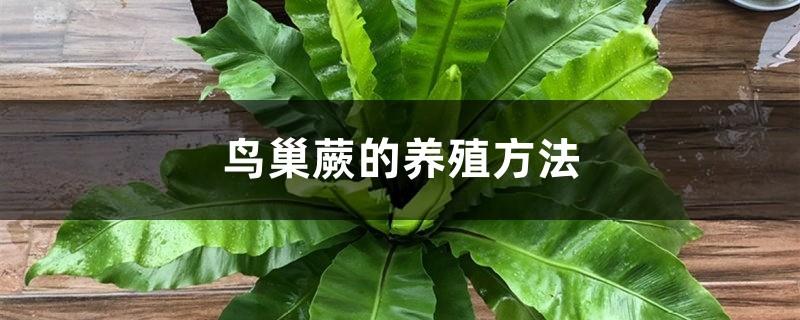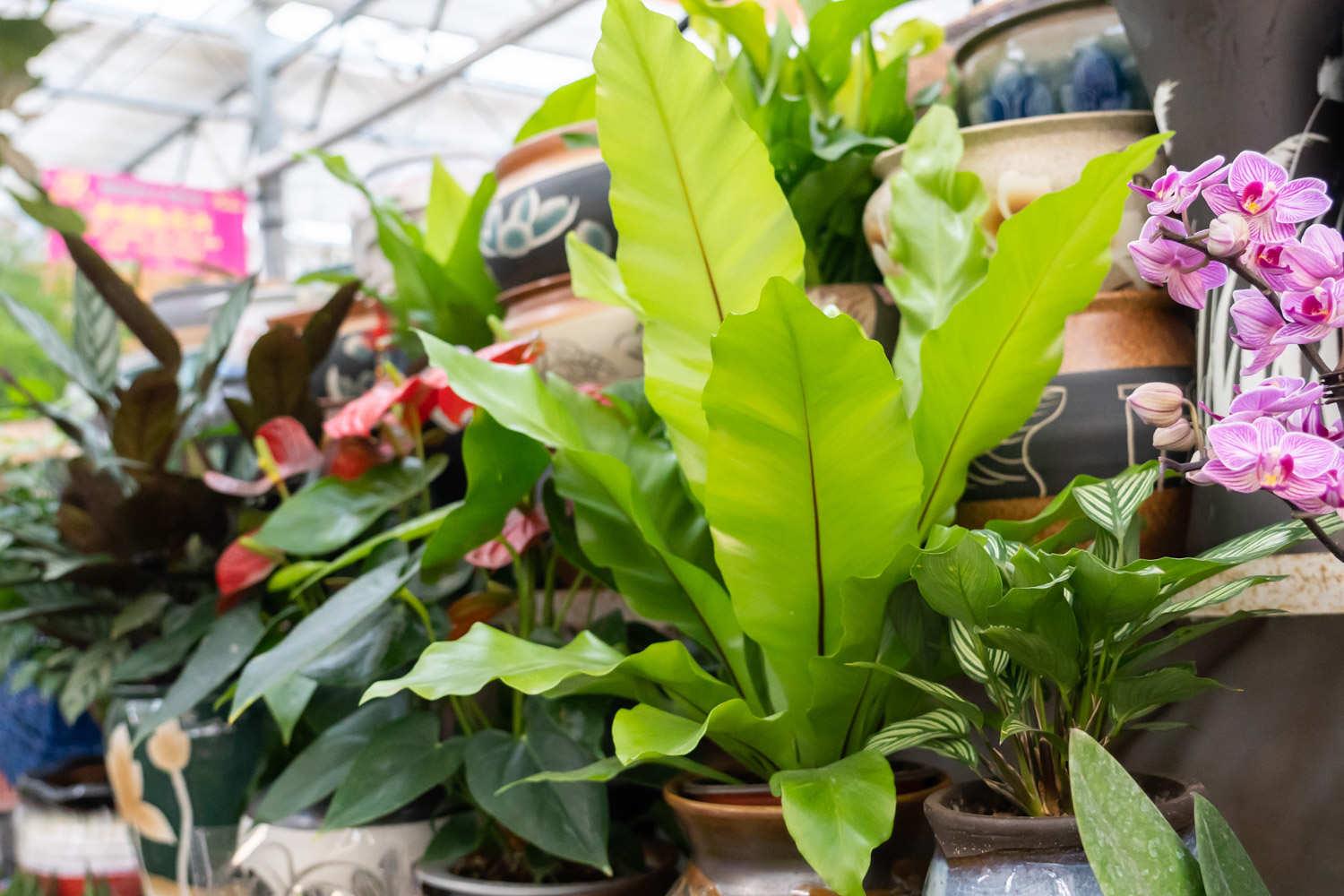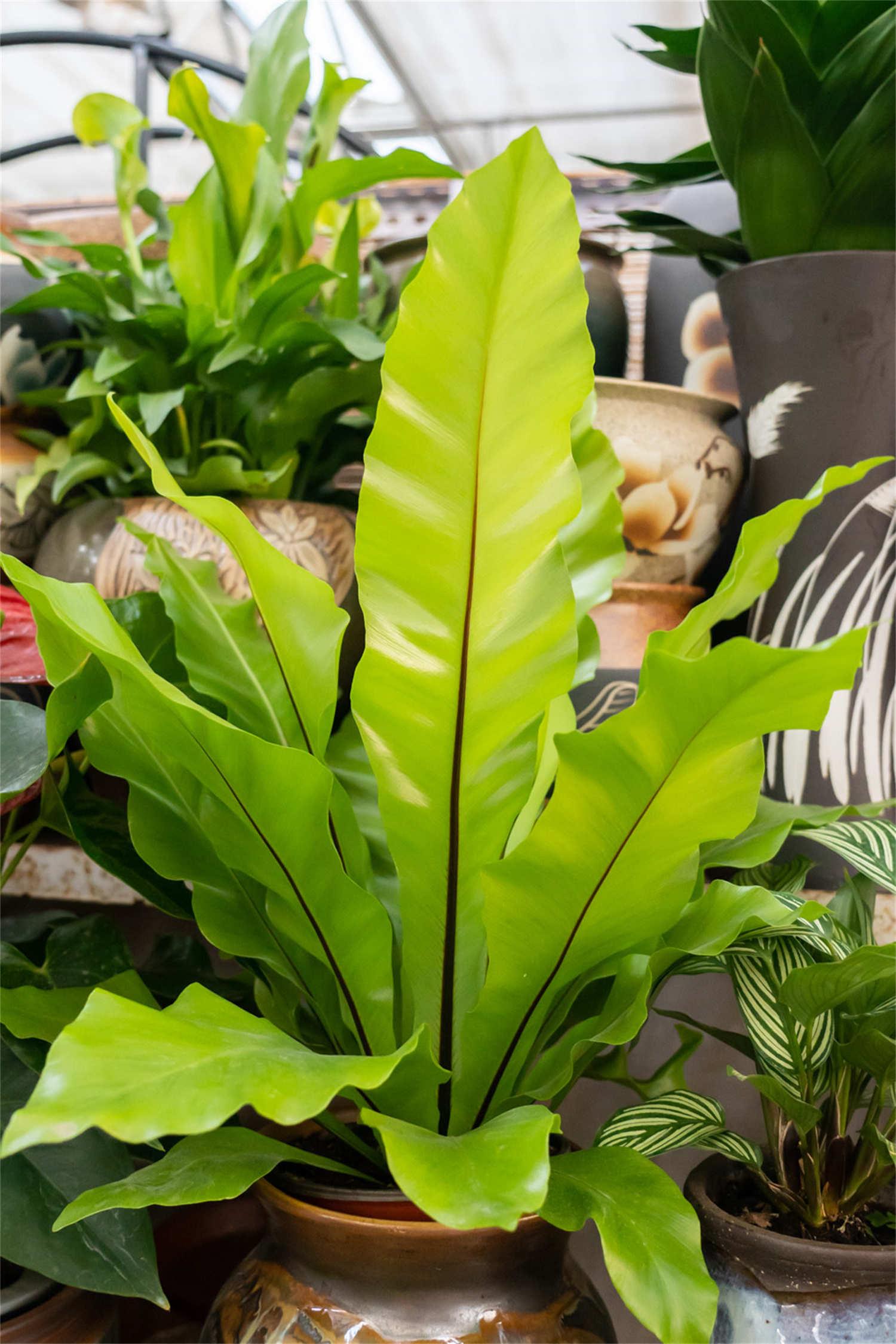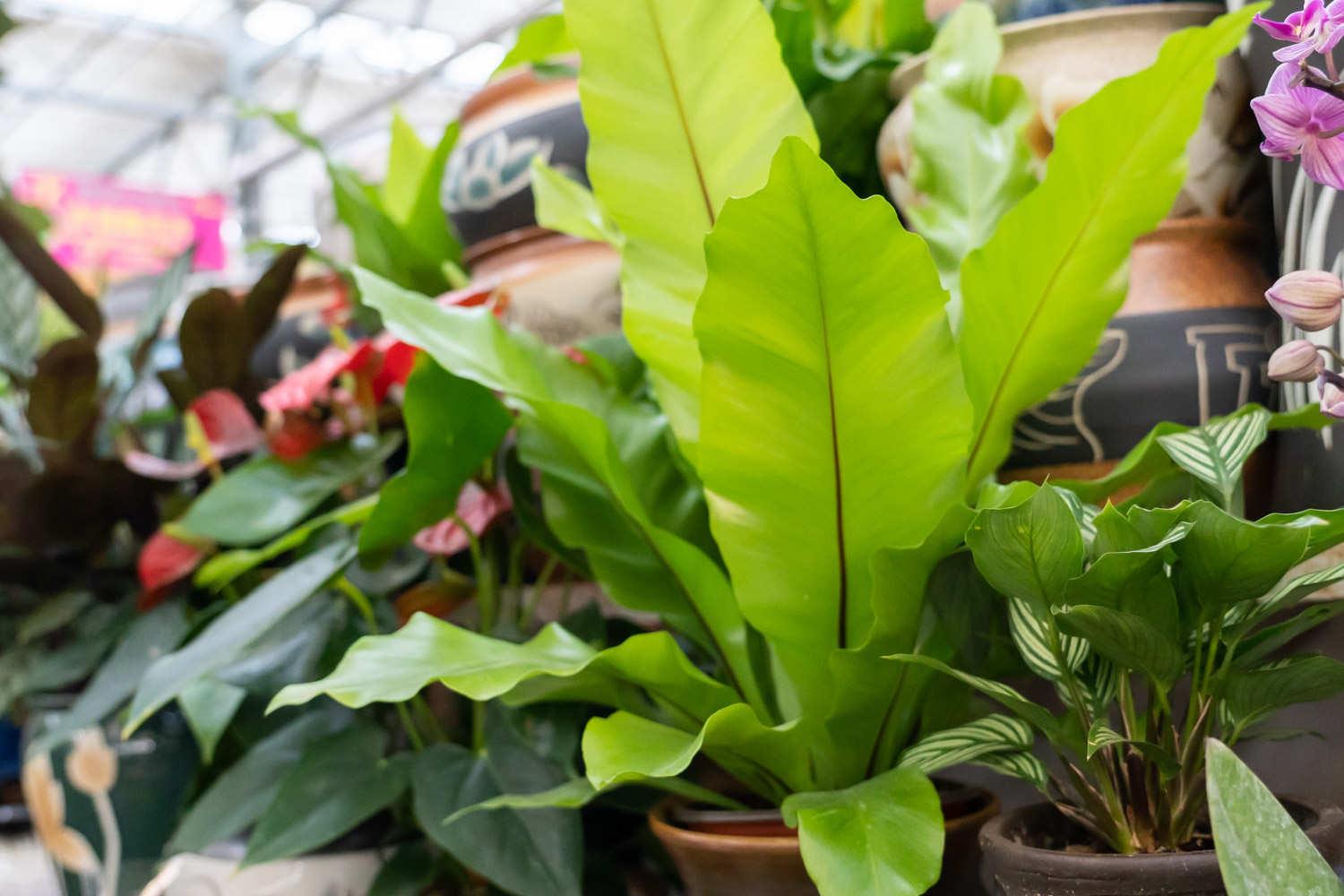A complete list of breeding methods and precautions for Bird's Nest Fern
Last Update :2024.05.16
Article Catalog
3. Problem diagnosis and treatment
Temperature: 16 to 27 degrees is best, no more than 30 degrees, try to keep it around 10 degrees in winter. Lighting: The requirements are not high. It can be placed in a semi-shady place with a small amount of scattered light. Watering: The water needs to be sufficient and the surrounding humidity needs to be guaranteed. Fertilization: Fertilize once every half month. Repot: once a year if possible. Propagation: Use division method in April.

1. Maintenance methods
1. Maintenance methods
1. Temperature: 16 to 27 degrees, which is most suitable for the growth of bird's nest fern. Too hot or too cold will be harmful to it. Therefore, try not to exceed 30 degrees in summer, otherwise its growth will slow down. In winter, try to keep it around ten degrees.

2. Light: Wild Bird's Nest Fern, growing It is in a relatively shady place, so it does not have high lighting requirements. Because, usually it can be placed in a semi-shady place. As long as there is a little astigmatism, it can meet its growth requirements. In summer, the shading degree needs to be controlled at about 70%, and there must be no strong light.

3. Watering: Bird's Nest Fern likes moisture very much , a humid environment is suitable for its growth. When it grows rapidly, it needs to keep the substrate moist at all times. In winter, although its water demand has been reduced, it cannot be completely omitted. Watering can also be replaced by spraying water.

4. Fertilization: When growth is rapid, Fertilizer can be applied once every half month, and compound fertilizers are often used. Fertilization needs to be suspended during periods of extreme cold and heat.

2. Breeding skills
1. Repot; try to change the pot once a year. Do it in the spring. You can use humus soil or peat soil, and add vermiculite, river sand, etc. Humus soil also works well. After selecting, remove the plant from its pot, repair the root system if necessary, then replace it with new soil and repot the plant.

2. Propagation: Commonly used division method. Take place in mid or late April. A vigorously growing plant needs to be used as the mother plant. When dividing the plants, the number should not be too many, and each plant should have enough roots on it. Mush leaf soil can be used as the substrate. After planting, keep the temperature at about 25 degrees and don't make it too humid, otherwise roots will rot easily.

3. Problem diagnosis and treatment
1. Disease: "Anthrax" occurs frequently, especially in summer. The leaves are often damaged and some lesions will appear. Thiophanate methyl can be used for prevention and treatment, once every ten days, three to four times.

2. Insect pests: mainly "nematodes", It will also cause some spots to appear on the leaves, which can be prevented and treated with carbofuran and the like.

IV. Other issues
1. Toxicity: It is non-toxic and has very high purification properties.

2. Whether it can be raised at home: do this There are many benefits, making it more appropriate. It not only purifies the air, but is also an ornamental plant.

2. Breeding skills
3. Problem diagnosis and treatment
4. Other issues
- END -
When to plant periwinkle seeds

This plant is propagated by sowing seeds, and it is more suitable to choose it fro...
Mimosa information, Mimosa pictures

Mimosa, also called induction grass, is a perennial herb of the leguminous family,...